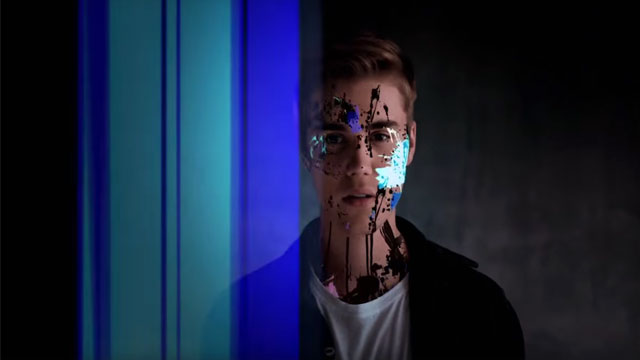The Carters – otherwise known as the dynamic duo Beyoncé and Jay-Z – are always looking to break the boundaries of the music video genre. Individually, both of them are forces to be reckoned with and together even more so.
Their newest collaboration is called APES**T. In the music video, the couple performs in the Louvre Museum, showing off the expensive artwork which fills the museum. This is not the first time the couple has come together to create a song. Their hit “Drunk in Love” toppled charts and wowed fans in 2013.
With American culture constantly changing, it’s important that we reflect on the images that appear in contemporary music videos. Artists like Beyoncé and Jay-Z join a long list of African American artists who place empowerment and social change front and center in their music and public image.
By showcasing protest and dissent, music videos can be a visual representation of political dissent and cultural commentary. According to Ann Scango – artist and art curator based in Austin, Texas – “This dynamic duo powers the hip-hop and R&B industries, their role in the public eye can make a difference.”
Analyzing the Music Video
As with any song, a close analysis of the lyrics can show us a more in-depth view of the artist’s message. Songs, often, in some way represent our lives and allow us to relate to experiences we are currently undergoing. Other times, they allow us to understand the experiences of others.
Beyoncé is known for pushing political messages in her music videos. For example, the “Formation” video opens us with a singer crouched on a New Orleans police car, half immersed in water after a flood. This is a clear reference to a post-Katrina New Orleans.
In the video for “APES**T,” Beyoncé is shown throwing up her hand to her forehead, mimicking an artwork in the same body position. Ann Scango believes that this juxtaposition of images surpasses the artistic integrity of other music videos in this genre.
Powerful imagery and symbolism are consistently shown throughout the video. In one scene, a Caucasian woman is sitting in a chair, in front of two African American women on the ground. The women on the ground have a white sheet on top of their heads, making the two of them look like a chair. The positioning of these women might comment on how women of color can be discriminated against in a society that still struggles with representation.
In another scene, several women dance in front of The Coronation of Napoleon painting by Jacques-Louis David. These women portray the diversity of the black community because each one of them has a unique shade of skin color and a different complexion.

Jay-Z doesn’t stay away from pushing political messages in the video either. One of Jay-Z’s verses, “I said no to the Super Bowl. You need me, I don’t need you,” Jay-Z could be referencing the recent NFL controversy of players taking a knee during the national anthem. The NFL could help its image with a partnership with Jay-Z, but clearly the singer is not willing to take part. In fact, the scene portrays the two women positioned like the legs of the chair.
As a result, we can see that The Carters have not been silent when it comes to issues of representation and discrimination that taints modern issues of race and culture. They are trying to change minds and improve society through their music.
The Setting
Overall, picking The Louvre was no surprise for this duo because art pieces are everywhere, and each of them helps tell a story. The music video has gained the attention from critics at Guardian and the Atlantic for the integration of classic art alongside the new hip-hop bop. The video for “APES**T” is definitely one to listen to and watch several times in order to get a full comprehension of the message The Carters are trying to convey.
Ann Scango
Ann Scango collects art that challenges normative culture and specializes in feminist works of art. Her latest opening at the Scango Collection features bold pieces from female artists looking to break glass ceilings in the art world and portray women in realistic and powerful ways. One of her original pieces from the 2018 collection features the side profile of Beyoncé, made from collages of old newspaper print stained in pastel.
Ann Scnago’s works are diverse, from 3D collections to textually complex creations of female portraits. In her older works, Scango focused on the relationship between humans and our environment, utilizing natural materials in her structures. When searching for new pieces for her collection, Scango is concerned with the underlying activism and message that artist wishes to bring light to.
Ann Scango recognizes Beyoncé as one the most salient female figures of the 21st century, “Beyoncé has always integrated personal messages of empowerment and feminism in her lyrics and music videos.”
Ann Scango reminds us that art can be interpreted in different ways. “There’s no right answer when it comes to art, everyone’s voice matters.”
As a sculptor and visual artist, Scango recognizes that collaborations with other art forms are important to the entire artistic community. After art school, Scango produced a number of album covers for local artists like DJ MouseHouse and the Durangos. Like Beyoncé, Scango is a Houston native and graduate of the High School for the Performing and Visual Arts. Scango is inspired by artists like Beyoncé who promote a realistic portrayal of Southern life and the problems that still plague a region embattled with the legacy of racism and segregation.
Follow Ann Scango on social media:





